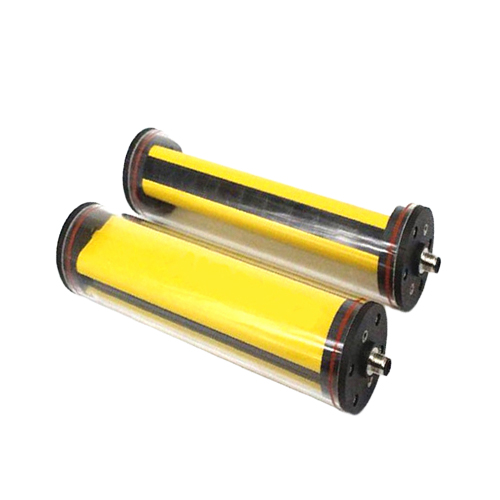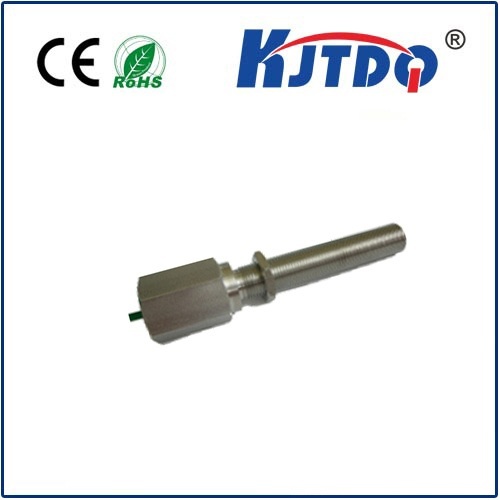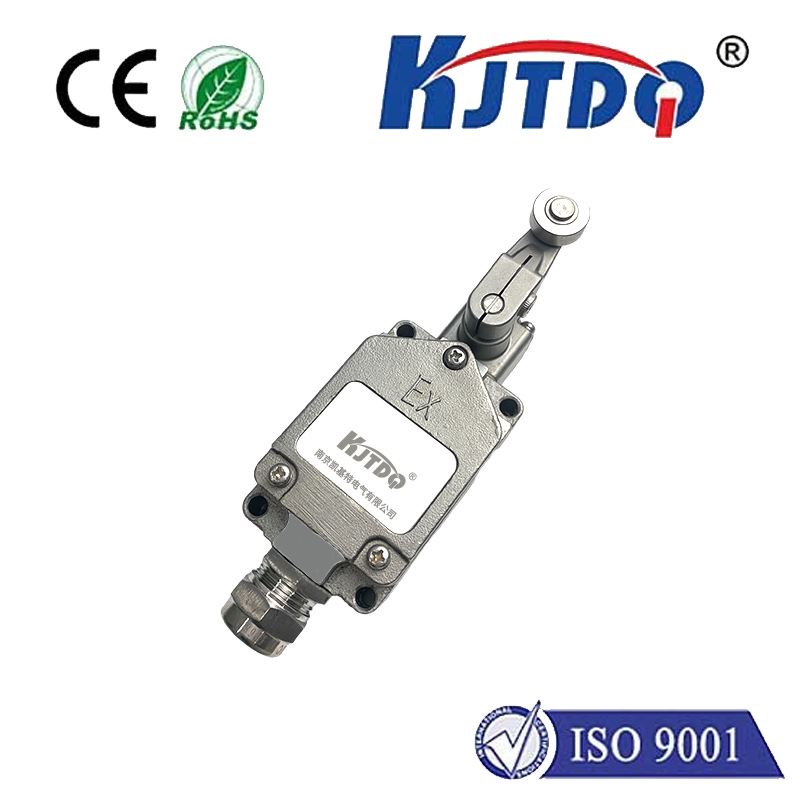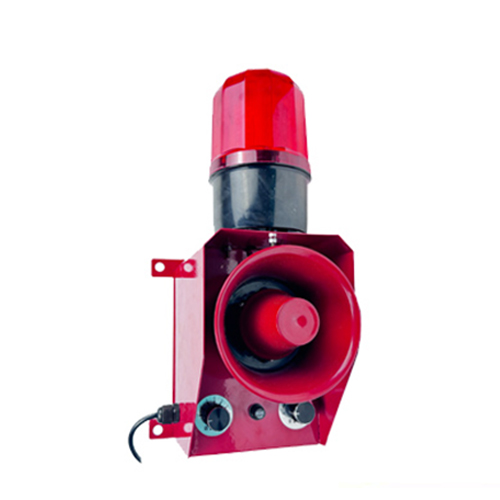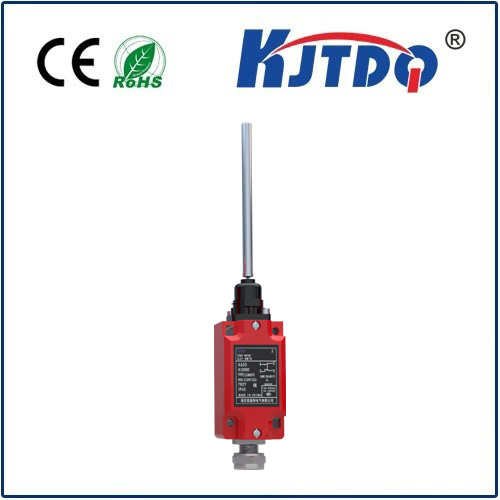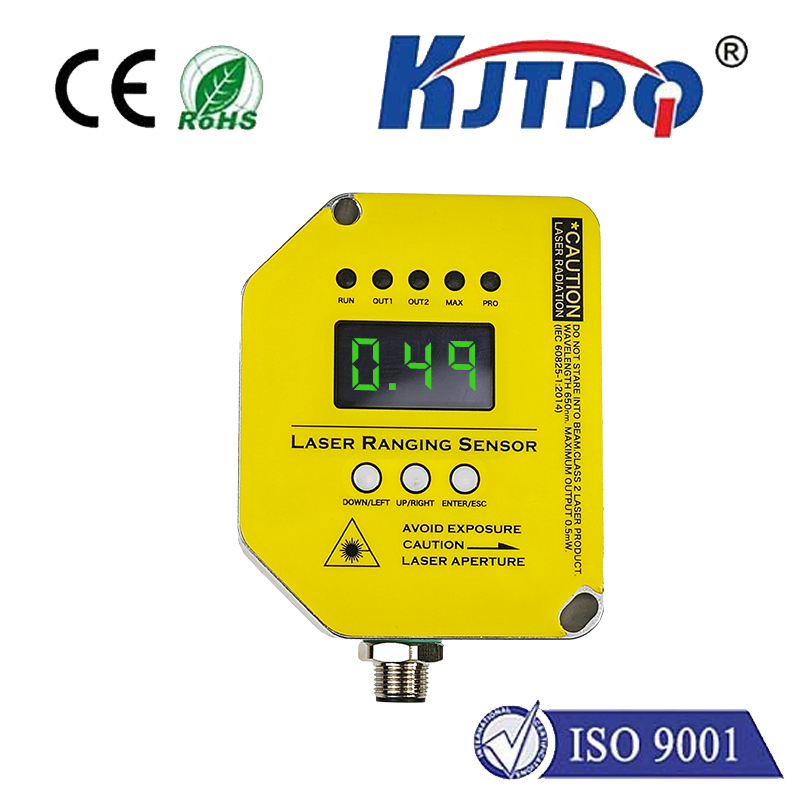switch limit
- time:2025-09-12 02:49:23
- Click:0
Switch Limit Explained: Why Your Network Slows Down & How to Fix It
Ever experienced frustratingly slow file transfers, laggy video calls, or applications timing out on your network, despite having seemingly fast internet? Often, the culprit hides within your local infrastructure, specifically at a fundamental networking device: the switch. Understanding the concept of switch limit is crucial for diagnosing and resolving these common performance bottlenecks, especially in growing business or complex home environments.
A network switch acts like a sophisticated traffic director for your Local Area Network (LAN). Unlike a simple hub broadcasting data everywhere, a switch intelligently learns which devices (identified by their unique MAC addresses) are connected to each of its physical ports. It builds and maintains a MAC Address Table (or CAM table). When data arrives destined for a specific device, the switch consults this table and sends the data only out the correct port, significantly improving efficiency.
This is where the “switch limit” comes sharply into focus. Every switch, regardless of its price or capabilities, has hardware limitations on its resources. Crucially, two core resources have finite capacities:
- MAC Address Table Size: This is the maximum number of MAC addresses the switch can learn and store simultaneously. Think of it as the switch’s internal phonebook capacity.
- Packet Buffer Memory: This temporary holding area stores incoming data packets when the intended destination port is busy sending other traffic.
Hitting the MAC Address Table Limit: Floodgates Open
When the number of unique devices (and often their associated virtual interfaces or VLANs) exceeds the switch’s MAC table limit, the switch can no longer efficiently direct traffic. Its internal “phonebook” is full. When this happens, the switch defaults to a less efficient behavior known as flooding. Instead of sending traffic only to the intended port, it broadcasts the traffic out all ports within the same VLAN, except the port it came from.

The Consequences of Flooding:
- Increased Network Congestion: Unnecessary traffic floods links, consuming valuable bandwidth.
- Reduced Security: Sensitive data might be broadcast to unintended devices.
- Sluggish Performance: Overall network responsiveness plummets as devices process irrelevant traffic.
- Reduced Efficiency: The core benefit of switching – targeted delivery – is lost.
Reaching Packet Buffer Limits: Dropping the Ball
Even if the MAC table is fine, switches can struggle under heavy, bursty traffic. When data arrives faster than the switch can process it through the intended port (perhaps because the connected device is busy), packets are temporarily stored in the packet buffer. If this buffer fills up completely due to sustained high traffic or large bursts, the switch has no choice but to drop subsequent incoming packets.
The Consequences of Packet Loss:
- Application Timeouts & Errors: Critical data packets disappear, causing issues like frozen VoIP calls, corrupted file transfers (TCP retransmissions), or dropped online gaming connections.
- Reduced Throughput: Effective data transfer rates suffer significantly as systems constantly resend lost information.
- Unpredictable Performance: Network behavior becomes erratic, especially during peak usage times.
Why Switch Limits Become Critical (Beyond Basic Homes)
While a simple home network with a few devices might rarely hit these limits, several scenarios dramatically increase the risk:
- Large Networks: Offices, schools, or smart homes with dozens or hundreds of devices.
- VLAN Proliferation: Using multiple VLANs (Virtual LANs) effectively multiplies the MAC addresses a switch needs to track per port.
- Virtualization & Servers: A single physical server hosting multiple virtual machines (VMs) presents multiple MAC addresses through one switch port.
- Daisy-Chaining Switches: Connecting switches in sequence increases the total number of MAC addresses the core switch must handle, potentially exceeding its table size.
- High-Bandwidth Applications: Video production, large backups, scientific computing, or busy databases generate sustained traffic flows that can swamp packet buffers.
- BYOD (Bring Your Own Device): Environments with numerous personal phones, tablets, and laptops significantly inflate MAC address counts.
Identifying and Overcoming Switch Limit Issues
Suspect a switch limit is hampering your network? Here’s what to do:
- Check Switch Specifications: Consult the switch’s datasheet or manual. Look for values like “MAC Address Entries” (e.g., 8K, 16K, 32K+) and “Buffer Size” (often listed in KB or MB per port or shared). Know your hardware’s ceiling.
- Monitor Switch Utilization: Most managed switches provide SNMP or web interface access to view current MAC table usage (
show mac address-table on CLI) and buffer statistics. Proactive monitoring is key.
- Look for Symptoms: Persistent flooding (observable via packet sniffers or switch diagnostics), unexplained packet loss (visible in network monitoring tools or application logs), and performance degradation coinciding with device count increases or traffic spikes are strong indicators.
- Implement Strategic Solutions:
- Upgrade Hardware: The most direct solution is replacing access or core switches with models featuring larger MAC tables and more buffer memory.
- Optimize Network Topology: Reduce unnecessary daisy-chaining. Implement a hierarchical design with core/distribution/access layers where higher-tier switches handle larger tables.
- Segment with VLANs (Carefully): While VLANs segment broadcast domains and can help manage traffic, remember they increase MAC table entries per port where trunks exist. Use them judiciously and ensure core switches can handle the cumulative load.
- Leverage Port Security & Sticky MAC: Features like port security can limit the number of MAC addresses learned per access port, preventing table exhaustion from misconfigured or malicious devices (Use cautiously to avoid blocking legitimate traffic).
- Prioritize Traffic (QoS): Implement Quality of Service (QoS) policies. This marks critical traffic (like VoIP or video conferencing) for higher priority. While QoS doesn’t increase buffer size, it protects essential traffic by ensuring its packets get preferential treatment during congestion, drastically reducing the impact of buffer exhaustion on latency-sensitive applications. Critical packets are less likely to be dropped when buffers fill.
- STP Optimization: In complex topologies, ensure Spanning Tree Protocol (STP) is configured optimally to prevent inefficient paths that concentrate traffic and exacerbate buffer issues.
Understanding switch limits isn’t about delving into deep arcana; it’s about practical network health. It empowers you to make informed decisions about infrastructure investments and configurations. By acknowledging these inherent hardware constraints and proactively managing MAC table utilization and buffer demands, you move from reacting to frustrating slowdowns to architecting a robust, high-performance network foundation. The next time your network groans under pressure, remember to check where your switch might be silently maxing out.







